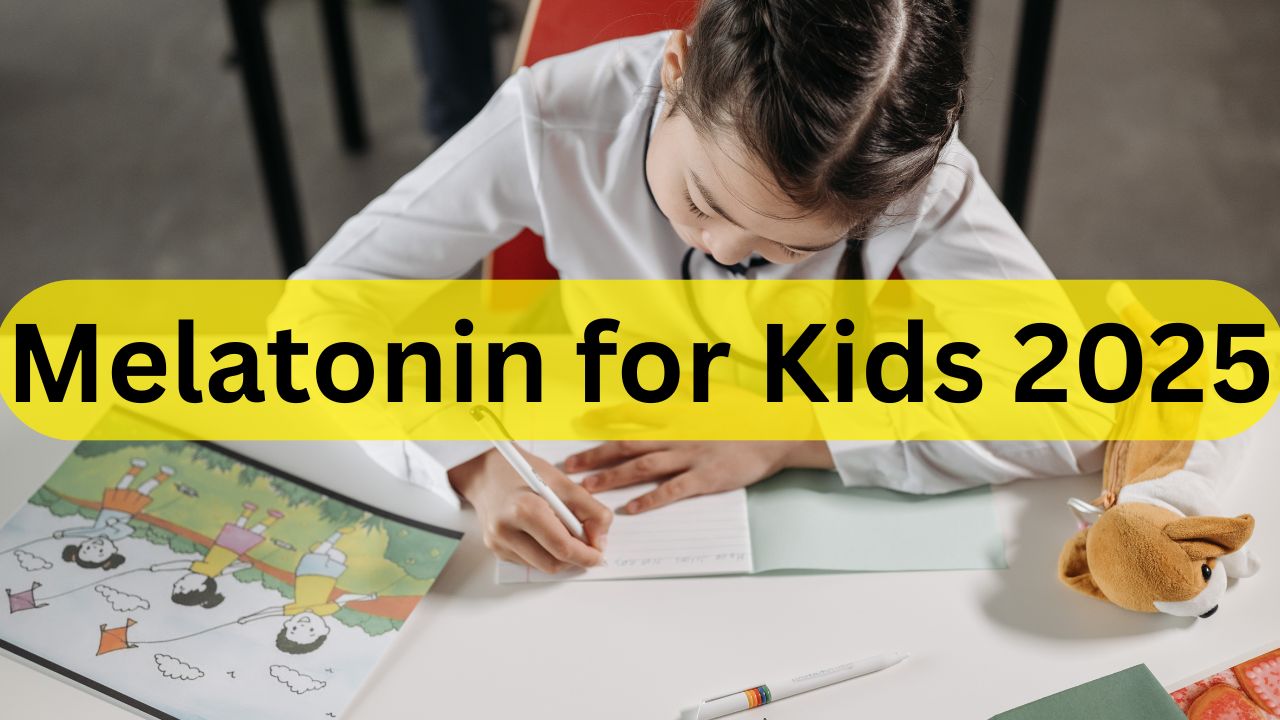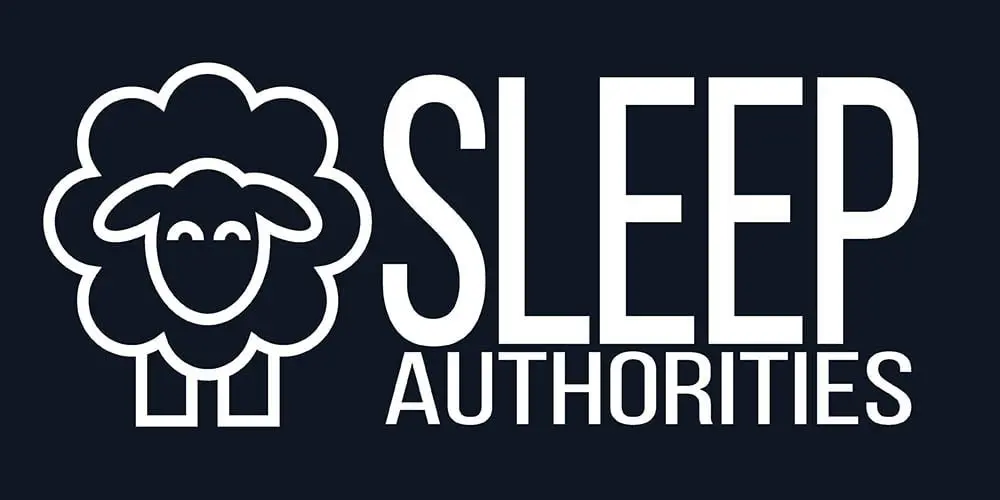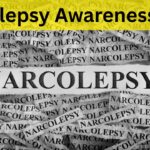Sleep troubles in children have become a growing concern for parents and pediatricians alike. With more than 25% of infants and children experiencing sleep disturbances, many families are turning to melatonin supplements for help. Melatonin gummies labeled “for kids” now line grocery store shelves, offering what seems like an easy solution for bedtime struggles. But is melatonin truly a quick fix, or is there more to consider when it comes to helping children sleep better?
This guide explores how melatonin works, its role in the sleep-wake cycle, how it’s used for children, and the important factors parents should know before considering it.
What Is Melatonin?
How It Regulates the Sleep-Wake Cycle
Melatonin is a hormone naturally produced by the pineal gland in the brain. Its primary role is to help regulate the circadian rhythm—the body’s internal clock that tells us when to sleep and wake. As darkness falls, melatonin levels rise, signaling the body to prepare for sleep. In the morning, exposure to light reduces melatonin production, helping us feel alert.
When the sleep-wake cycle is disrupted—due to factors like excessive screen time, inconsistent bedtime routines, or medical conditions—melatonin production can be thrown off, leading to difficulties falling or staying asleep.
Melatonin Supplements for Children
For children struggling with sleep issues, melatonin supplements are sometimes recommended to help reestablish a healthy sleep pattern. Available in chewable tablets, gummies, and even chocolates, these supplements typically contain low doses of melatonin. Some pediatricians suggest melatonin for short-term use, especially in cases of delayed sleep phase disorder or when behavioral interventions alone are not enough.
However, it’s important to remember that melatonin is a dietary supplement, not a medication, meaning it is regulated less strictly by the FDA. Parents are encouraged to consult a pediatrician before starting melatonin, as the right dosage, timing, and underlying causes of sleep issues must be carefully considered.

What Are the Signs of a Chronic Sleep Problem?
Behavioral Signs to Watch For
Chronic sleep problems in children can often show up through daytime behaviors rather than nighttime complaints. Some key signs to watch for include:
- Frequent irritability or mood swings
- Difficulty waking up in the morning
- Trouble focusing in school or during activities
- Hyperactivity or impulsiveness
- Falling asleep during the day without explanation
- Resistance to going to bed or frequent bedtime battles
If these behaviors occur consistently for weeks or months, it could be a sign that your child’s sleep issues go beyond the occasional restless night.

Common Pediatric Sleep Disorders
There are several pediatric sleep disorders that might explain chronic sleep problems, including:
- Insomnia: Difficulty falling asleep, staying asleep, or waking up too early.
- Delayed Sleep Phase Syndrome: A shift in the sleep cycle where a child naturally falls asleep and wakes much later than typical.
- Sleep Apnea: Interrupted breathing during sleep, often caused by enlarged tonsils or adenoids.
- Restless Legs Syndrome: A strong urge to move the legs, especially during periods of rest, which can delay sleep.
Understanding these underlying conditions is important before considering melatonin or any other sleep aid. Proper diagnosis and treatment can make a big difference in a child’s overall health and well-being.
Sleep Problems Among Children with Neurodevelopmental Disorders (NDDs)
Sleep Challenges in Autism Spectrum Disorders (ASD)
Children with Autism Spectrum Disorders (ASD) frequently struggle with sleep problems. Research shows that up to 80% of children with ASD experience issues such as difficulty falling asleep, frequent night awakenings, and reduced total sleep time. Factors like sensory sensitivities, anxiety, and irregular melatonin production often contribute to these challenges.
Contributing Factors for Sleep Issues in NDDs
Sleep difficulties are common across a range of neurodevelopmental disorders (NDDs), including ADHD, intellectual disabilities, and epilepsy. Some common contributing factors include:
- Dysregulation of melatonin production
- Increased anxiety or hyperactivity
- Sensory processing difficulties
- Medication side effects
- Behavioral challenges around bedtime routines
Children with NDDs often experience a mix of biological and behavioral influences that disrupt their ability to achieve healthy, restorative sleep.
Role of Melatonin for Children with ADHD and ASD
Several studies have explored melatonin supplementation for children with ADHD and ASD. Results suggest that low-dose melatonin can help reduce sleep onset latency (the time it takes to fall asleep) and increase total sleep duration in these populations.
Melatonin is often considered a safer short-term option compared to sedative medications for children with NDDs. However, it is crucial to tailor dosage carefully and combine melatonin use with behavioral strategies to improve sleep hygiene and create lasting improvements.
Is Melatonin Safe for Kids?
Findings from Long-Term Studies on Pediatric Melatonin Use
Long-term studies on melatonin use in children generally show promising safety results. Research indicates that melatonin can be an effective short-term solution for children with sleep disorders, including those with ADHD and ASD. However, because melatonin is a hormone, scientists emphasize that more extensive studies are needed to fully understand its impact over years of use. Current evidence suggests it is safe when used under medical supervision and at the lowest effective dose.
Common Side Effects of Melatonin in Children
Melatonin is usually well tolerated, but some children may experience mild side effects, such as:
- Daytime drowsiness
- Headaches
- Bedwetting
- Dizziness
- Mood changes
Most side effects are temporary and resolve when the dosage is adjusted or the supplement is stopped.
Importance of Pediatric Consultation
Before giving a child melatonin, it’s essential to consult a pediatrician. A medical professional can:
- Identify underlying causes of sleep issues
- Recommend appropriate behavioral strategies
- Suggest the correct dosage and timing
- Monitor for any adverse effects over time
Self-prescribing melatonin without medical advice can lead to improper dosing or overlooking a deeper health issue.
Melatonin as Part of a Behavioral Approach
Experts agree that melatonin should not be the only solution to childhood sleep issues. Instead, it works best when combined with behavioral approaches like establishing consistent bedtime routines, limiting screen time before bed, and creating a calming sleep environment. When used this way, melatonin can act as a bridge toward developing healthy, long-lasting sleep habits.
A Deeper Look into Alternatives to Melatonin
Behavioral Sleep Therapy for Children
Behavioral sleep therapy focuses on teaching children better sleep habits without relying on supplements or medications. Cognitive Behavioral Therapy for Insomnia (CBT-I) techniques, adapted for kids, are highly effective. These approaches involve:
- Setting consistent bedtimes and wake-up times
- Teaching relaxation techniques to ease bedtime anxiety
- Encouraging positive associations with bedtime and the bedroom
Behavioral therapy aims to build lasting skills so children can fall asleep independently and maintain restful sleep over time.
Role of Child Sleep Consultants
Child sleep consultants are trained professionals who specialize in sleep problems in infants, toddlers, and older children. They provide personalized strategies for families, addressing:
- Age-appropriate sleep needs
- Customized bedtime routines
- Solutions for night wakings and early rising
Hiring a sleep consultant can offer hands-on guidance, especially for families dealing with persistent sleep challenges where standard advice hasn’t worked.
Importance of Sleep Routines and Behavioral Changes
Even if melatonin is used temporarily, creating strong bedtime routines remains essential. Healthy habits include:
- Limiting screen time at least one hour before bed
- Establishing calming pre-sleep rituals (e.g., reading, warm bath)
- Keeping the bedroom cool, dark, and quiet
- Maintaining a consistent sleep schedule, even on weekends
Behavioral changes set the foundation for long-term sleep success, reducing the need for supplements and promoting healthier sleep hygiene for life.





